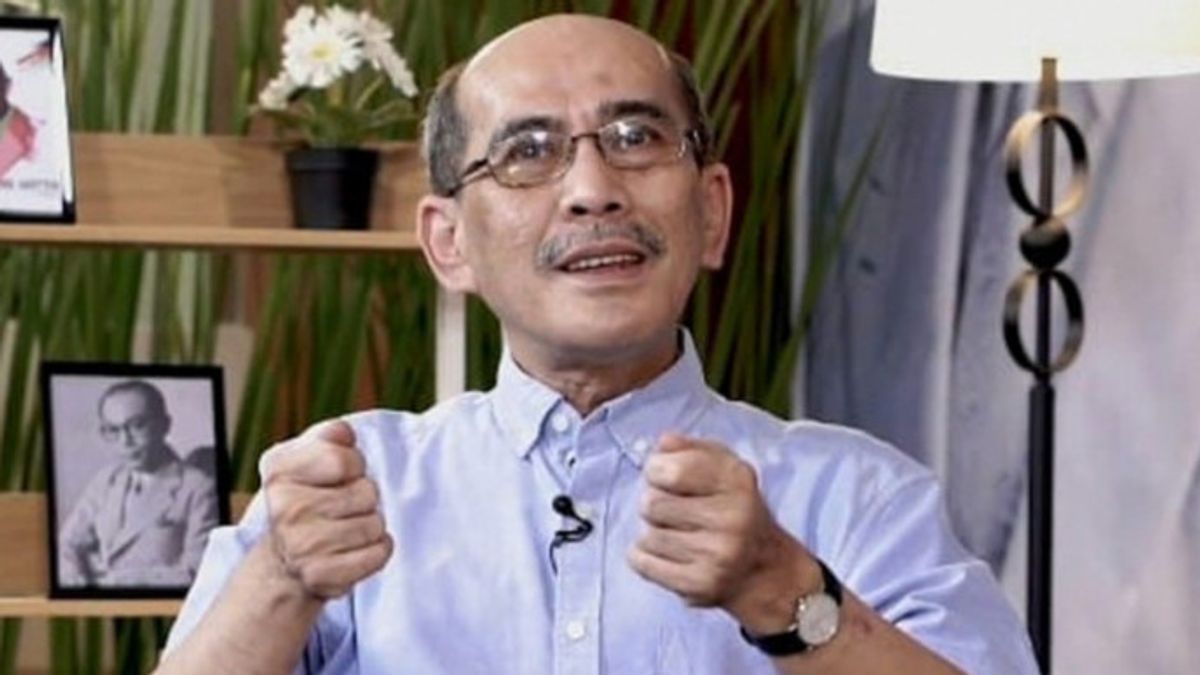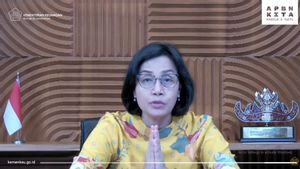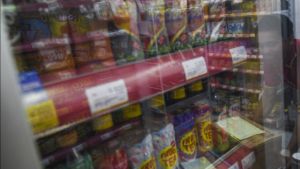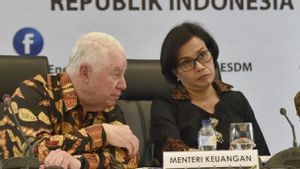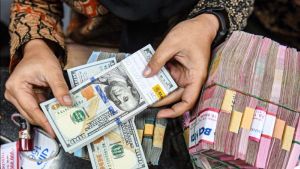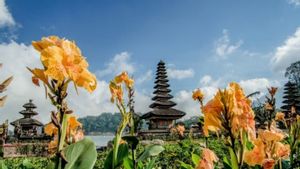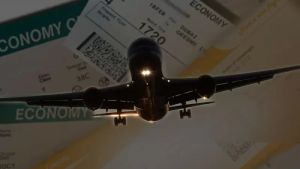The Ministry of Industry (Kemenperin) has also opened its voice about economist Faisal Basri's criticism that Indonesia's downstream nickel only benefits China.
Spokesperson for the Ministry of Industry (Kemenperin) Febri Hendri Antoni Arif asked the public to look downstream from its added economic value, and not from ownership or ownership.
"Hilirization should not be seen from the ownership smelter, be it PMA or PMDN, but rather towards an economic added value approach, so that the benefit (benefit) felt by the downstreaming will provide real value for national development," said Febri in a written statement received by VOI, quoted Monday, August 14.
Related to this, Febri said, since the downstream program of natural resources, especially nickel metals in Indonesia, several multiplier effects have begun to be seen in the national economy.
Based on data from the Ministry of Industry, there are 34 smelters that are already operating and 17 smelters are under construction. Investments that have been invested in Indonesia amounted to 11 billion US dollars or around Rp. 165 trillion for the Pyrometelurgi smelter, and 2.8 billion US dollars or around Rp. 40 trillion for three hydromethalurgi smelters that will produce MHP (Mix Hydro Precipitate) as battery raw materials.
Febri added, during the construction period, the presence of the smelter absorbed local products. Currently, the smelter employs around 120,000 workers.
The absorption of labor occurred in a number of smelters spread across various provinces, namely Central Sulawesi, Southeast Sulawesi, North Maluku, and Banten.
"This encourages economic growth in the area with the increase in GDP in the area where the smelter is located," he said.
The magnitude of the multiplier effect (multiplier effect) of nickel smelters can be seen from its added value. The Ministry of Industry calculates the added value generated from nickel ore to downstream products to increase many times if processed domestically or eliminate the raw goods process.
According to Febri, if the value of raw nickel ore is priced at 30 US dollars per ton, when it becomes Nickel Pig Iron (NPI) the price will increase 3.3 times to USD90 per ton. Meanwhile, if it becomes Ferronicle, it will increase by 6.76 times or the equivalent of USD 203 per ton.
As downstream continues by producing Nickel Matte, the added value will also increase to 43.9 times or reach 3,117 US dollars per ton. Moreover, said Febri, now Indonesia already has a smelter that makes MHP the raw material for batteries with an added value of around 120.94 times or 3,628 US dollars per ton.
"Moreover, if there is a battery factory that turns the ore into LiNiMnCo, the added value could reach 642 times," he said.
This will certainly increase the income of Non-Tax State Revenue (PNBP) and other taxes, which are worth trillions of rupiah.
"From here it has been proven, as stated by the President (Jokowi) if we export raw materials, the figure is IDR 17 trillion, compared to exports of nickel downstream products that reach IDR 510 trillion. So, state revenues from taxes will be much higher," he said.
Seeing the performance of the contribution of basic metals to the economy, Febri explained, GDP of basic metals in the first quarter of 2023 grew by 11.39 percent. Until the first semester of 2023, the base metal recorded GDP of IDR 66.8 trillion.
As for the 2022 period, this sub-sector grew above 15 percent with a value of IDR 124.29 trillion, also in 2021 it grew double digits equivalent to IDR 108.27 trillion. In fact, in 2020 which is full of pressure due to the COVID-19 pandemic, the metal industry continues to show its positive performance
"This indicator clearly shows that the benefit of smelters benefits the national economy, not for other countries. The presence of PMA is an investment lever for national economic growth," added Febri.
SEE ALSO:
It is known, INDEF Senior Economist Faisal Basri answered that President Joko Widodo (Jokowi)'s rebuttal regarding the nickel downstream policy in Indonesia only benefited China. Previously, President Jokowi said that downstreaming provided added value to the country to reach Rp510 trillion.
Quoted from his personal blog, Faisal Basri said that the figures presented by the President were unclear about the sources and calculations.
"The president wants to make sure that the downstream nickel policy is very profitable for Indonesia and there is no true accusation that most downstream policies are enjoyed by China," Faisal continued in his blog quoted Monday, August 14.
Faisal detailed that based on 2014 data, the export value of nickel ore code HS 2604 was recorded at only Rp1 trillion. This was obtained from exports worth 85.913 million US dollars multiplied by the average exchange rate of rupiah in the same year, which was Rp11.865 per US dollar.
"Then, where did the figure of Rp510 trillion come from? Based on 2022 data, the export value of iron and steel code HS 72 which is claimed to be the result of downstreaming is US$27.8 billion. Based on the average exchange rate of rupiah in 2022 of 14,876 per US dollar, the export value of iron and steel code HS 72 is equivalent to Rp413.9 trillion," explained Faisal.
Apart from the difference in data between what the President said and the calculations, continued Faisal, it is true that the surge in exports from downstream results, which is 414 times, is really fantastic.
"However, does export money flow to Indonesia? Given that almost all 100 percent nickel ore processing smelters are owned by China and Indonesia adheres to the free foreign exchange regime, it is the Chinese company's right to bring all its exports abroad or to its own country," said Faisal.
The English, Chinese, Japanese, Arabic, and French versions are automatically generated by the AI. So there may still be inaccuracies in translating, please always see Indonesian as our main language. (system supported by DigitalSiber.id)
